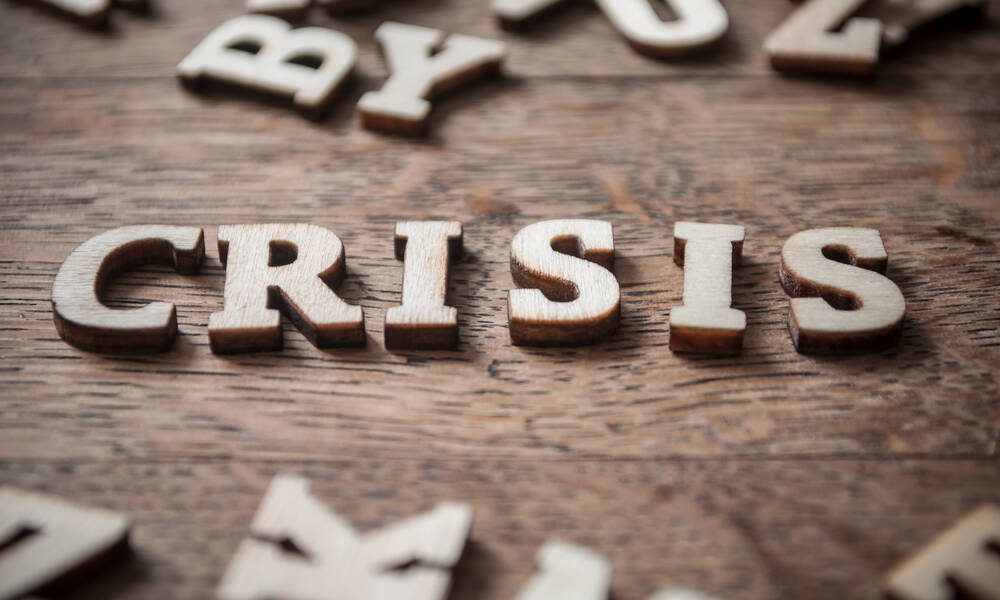
Is Your Association Ready to Issue Statements and Handle Other Crisis Communication?
From the Capitol riot to recent mass killings of Asian Americans, events with widespread societal impact are causing some associations to speak out. A communication expert discusses the ins and outs of issuing a statement and the importance of having a crisis communication plan.
After the pandemic torpedoed 2020, most people were hoping for a better 2021. Unfortunately, this year has been volatile already. The opening weeks left five dead during violence at the U.S. Capitol, and this month, two mass shootings in Boulder, Colorado, and the Atlanta area took the lives of 18 people, including six Asian women. All these events left the nation reeling, with many associations issuing statements.
When it comes to reacting to news events like these, Susan Young, a visibility strategist and CEO of Sue Young Media, said it’s important for associations to remember it’s OK to speak out.
“Some leaders, especially in the association and nonprofit world, are intimidated by putting out a statement or having something to say,” Young said. “But it really is more and more important in this day of social media to speak. That is how we can engage our audience, so that they see there are faces and people and human beings behind their brand.”
When should associations make that leap to speak out in a statement? Young said it depends on a variety of factors, including staying true to mission and timeliness.
“Make sure it’s cohesive and that it matches the deep values and culture of the organization, while not being more divisive, blaming or pointing fingers,” Young said. “You want to pay attention to the news cycle and know what’s going on. Don’t issue a statement or put something out to the public well after the fact.”
While many organizations put out statements following these recent events, Young said groups shouldn’t feel pressured to jump on the bandwagon. “Saying something because everyone else is saying something isn’t the best strategy,” she said.
With an event such as the Capitol riots—or the Black Lives Matter social justice protests last summer—it’s important to take a read of your staff and stakeholders. “If their staff and their community are distracted and watching this, they really do need to say something,” Young said. “But it has to feel good and be in alignment with their organization values.”
Crafting a statement is ideally done ahead of time, Young said. It should be part of an organization’s crisis communication plan. “Have a template for a statement written and crafted in advance not knowing exactly what will happen—no one could have predicted the Capitol riots here,” Young said. “But when you have the framework of a statement, you can fine-tune it according to the specific situation.”
If you haven’t crafted a template press release or revamped your crisis communication plan, Young recommends doing it now. “Being proactive is going to be essential, so you’re not caught scrambling when something does happen and you are able to seize that opportunity, not in a self-serving way, but so you can be getting out in front and show that you do understand [the news situation] and you are sensitive to it,” she said.
When crafting the template or final statements, Young recommends having a small group that includes the CEO, PR team, legal counsel, and an HR representative. “Each of these people separately have very specific jobs to do and what they’re bringing to the conversation has to have the end result of the voice of the organization,” Young said.
As mentioned earlier, these statements need to be timely. If an organization missed the window to say something in a press release, she advises saying something internally. “Send out an internal memo or an internal email and state your position and share that with folks on your website,” Young said. “That’s a way to put your position out there and still let people know.”
Young said these events should remind associations to review their overall crisis communication plan. “Crisis plans need to be looked at and revised or revisited every three months,” she said. “That’s where a lot of associations fall short, thinking that this isn’t going to happen to them. … Having a framework in place so they know how to respond to it in a way that is strategic and has the right players in place before the emergency hits, that’s where the gold is.”
(Neydtstock/iStock/Getty Images Plus)






Comments